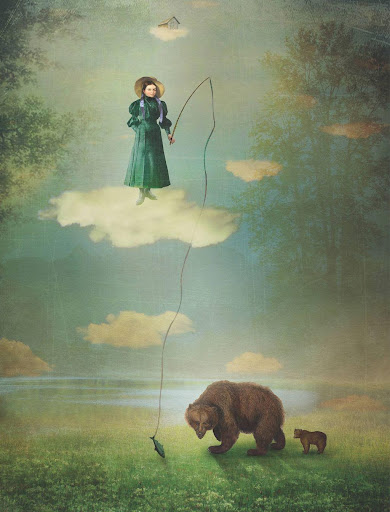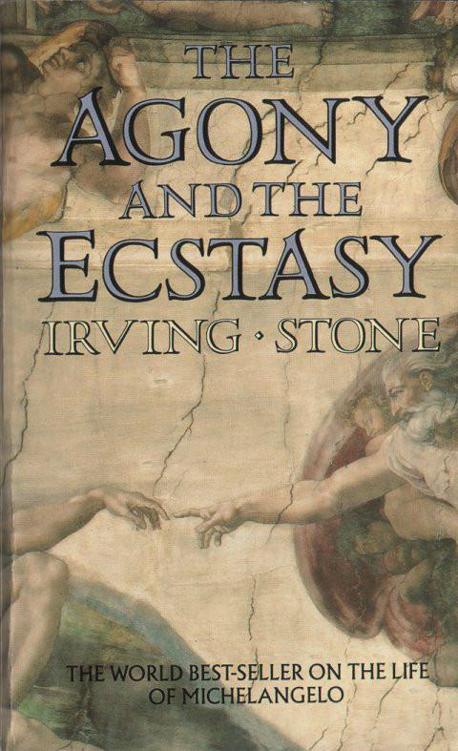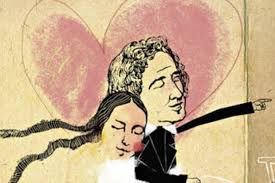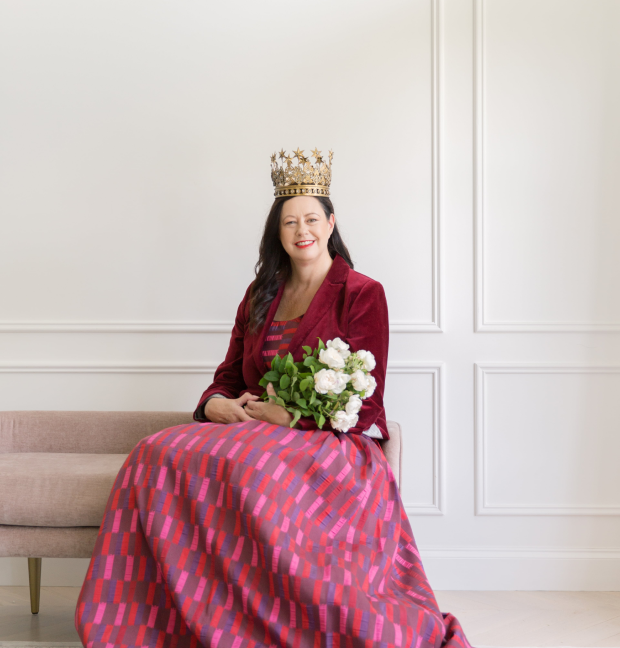Mention fairy tale tellers, and the first name to come to mind is the Grimm brothers.
Next is likely to be Hans Christian Anderson, and then Charles Perrault. You may well add Oscar Wilde to the list, or even George MacDonald. Rack your brains and you might come up with Andrew Lang and the Blue Fairy Book, or any other of the twelve ‘colour’ fairy books he edited.
Notice anything?
Yep. They’re all men.
Yet there have been many, many wonderful fairy tales that were originally told by women. In fact the very term ‘fairy tale’ was invented by a woman.
It is widely acknowledged that, long, long ago, when tales of magical beasts and marvellous doings first began to be told, it was usually women who were doing the telling.
Plato was one of the first to describe the sort of tales that the nurses in ancient Greek told to amuse and frighten their young charges. All through history, mothers have told their children tales at bedtime, or to keep them quiet while the work of the house was done. It is no coincidence that the protagonist of most fairy tales is a woman (and often the antagonist too).
As stories began to be published, the stories of women were driven underground. Publishers in those days were always men. They chose the tales that would be immortalised in print, and many were contemptuous of what Marlowe, in Dr Faustus calls ‘trifles and mere old wives’ tales.’
In Renaissance times, it was unusual for women to be taught to read and write, particularly the daughters of the peasantry, and so their tales were rarely recorded. Men like Giovanni Straparola and Giambattista Basile were writing and publishing fairy tales, but both put their tales in the mouths of women. Straparola’s narrators were young and beautiful, and Basile’s were wizened old crones, but it is striking that men as storytellers appear nowhere in their published works.
In France, in the late seventeenth century, there was a great flowering of fairy tales as part of the Parisian salon scene. Aristocratic women – some of them highly educated – wrote tales and read them to each other for their own amusement.
A few names that should be as well-known as Charles Perrault:
Marie-Jeanne L'Héritier was Charles Perrault’s niece and published her collection of tales, The Enchantments of Eloquence, a year before her more famous uncle, in 1696.
Catherine Bernard is the author of the tale ‘Riquet of the Tuft’ (also published in 1696) which was appropriated and retold by Perrault. He is normally attributed as the author.
Marie-Catherine de Barneville, the Baroness d'Aulnoy, is the woman who coined the term ‘fairy tales’ when she called her collection of stories Contes De Fees (published in 1697). Her tales include ‘The White Cat’, ‘Cunning Cinders’, ‘The Blue Bird’, ‘The Green Serpent’, and ‘Belle-Belle’, all of them stories that should be better known.
Henriette-Julie de Castelnau, Comtesse de Murat, was another aristocratic French writer and member of the salons. She was the author of the fairy tale ‘Bearskin’, one of the first in which seven-league boots are mentioned, and the utterly charming ‘Starlight’ about a prince who falls in love with a slave-girl.
Her cousin, Charlotte-Rose de la Force, was the author of ‘Persinette’, better known nowadays as ‘Rapunzel’ (published in 1697). I discovered her extraordinary life while researching ‘Rapunzel’ for my novel Bitter Greens, and she ended up running away with the book.
Just a few little titbits about her: Charlotte-Rose de la Force had an affair with an actor; in order to seduce a marquis into marrying her, she bought a love spell from a Parisian witch who ended up being burned at the stake; and, some years later, she dressed up in a bearskin and impersonated a dancing bear to gain access to her much younger lover who was imprisoned in his family castle to keep him away from her. Her life story was an absolute gift to a novelist! I could not believe no-one had ever written a novel about her before.
About forty years later, ‘Beauty and the Beast’ was written in a long novel form by Gabrielle-Suzanne de Villeneuve (1740), and then condensed and retold by Jeanne-Marie de Beaumont in 1756.
The stories spread across Europe, changing with each retelling. In the early 19th century, the Grimm brothers decided to write them down before they were lost forever. Who told the Grimm brothers most of their stories?
That’s right. Women.
‘Aschenputtel’, (better known today as Cinderella), was told by an old woman in a poorhouse in the small medieval town of Marburg where Jakob and Wilhelm Grimm went to university. Her name is thought to be Frau Creuzer.
‘Little Red Cap’ was told by Jeannette and Marie Hassenpflug, young women in their late teens and early 20s, who also told ‘The Robber Bridegroom’ and ‘Brier Rose’ (better known as ‘Sleeping Beauty’), as well as many others. Their brother Louis married the Grimm brothers’ younger sister, Lotte.
‘The Worn-Out Dancing Shoes’ (sometimes called ‘Twelve Dancing Princesses’) was told to Wilhelm Grimm by Jenny von Droste-Hülstoff, the niece of a university friend. She had a warm and tender friendship with Wilhelm, so that many thought they might marry, but the wedding never came to pass.
‘The Bremen Town Musicians’ was told to Wilhelm by Jenny’s aunt, Anna von Haxthausen, the younger sister of the Grimm’s university friend Werner.
‘The Goose Girl’ was told to the Grimm brothers’ by Dorothea Viehmann, a poor old woman, widow to an innkeeper, who came to the Grimms’ house selling vegetables and butter.
‘Snow White’ was originally thought to have been told by the Wild family’s housekeeper, Marie Müller, better known as Old Marie. Now many scholars believe it was told by Marie Hassenpflug instead (though the Grimms had not yet met the Hassenpflugs when this story was first recorded). Argument continues.
‘The Twelve Brothers’ was told by Julia and Charlotte Ramus, daughters of the local pastor
‘Hansel and Gretel’ and ‘Rumpetstilskin’ was told to Wilhelm by his next door neighbour, the 19-year-old Dortchen Wild. She also told him ‘Six Swans’, ‘The Frog King’, ‘The Elves and the Shoemaker’, ‘Sweetheart Roland’, ‘Mother Holle’, ‘The Three Little Men in the Wood’. ‘The Singing Bone’, ‘All-Kinds-of-Fur’, and ‘The Singing, Springing Lark’. In fact, she told almost one quarter of the Grimm brothers’ first collection of fairy tales.
Dortchen Wild is the heroine of my novel, The Wild Girl. She grew up next to the Grimms, and was intimately involved in their fairy tale collection. She provided the rhymes in ‘Hansel and Gretel’, told Wilhelm many quaint old folk sayings that he included in the tales, and, eventually, married him.
Their romance is one of the greatest untold love stories of all time, and once again I could not believe no-one had ever written it before.
Spellbound by their tales, fascinated by their lives, I could not help but write novels inspired by these two women’s stories. I feel as if I am helping give voices to women who have been silenced by history.








